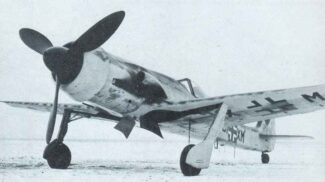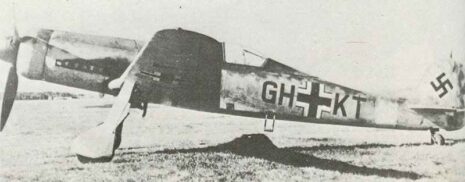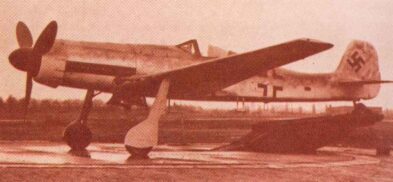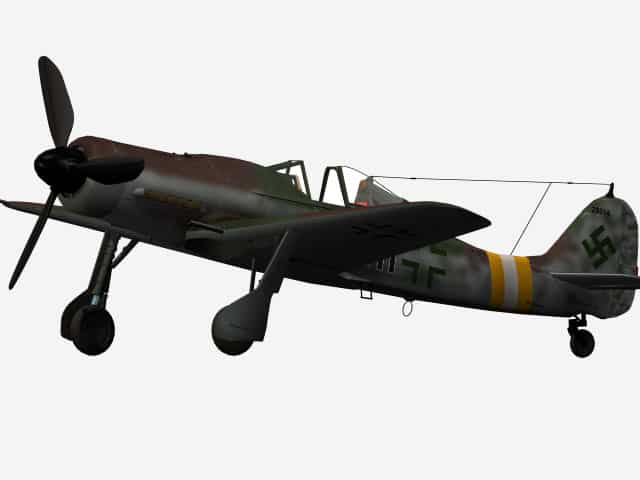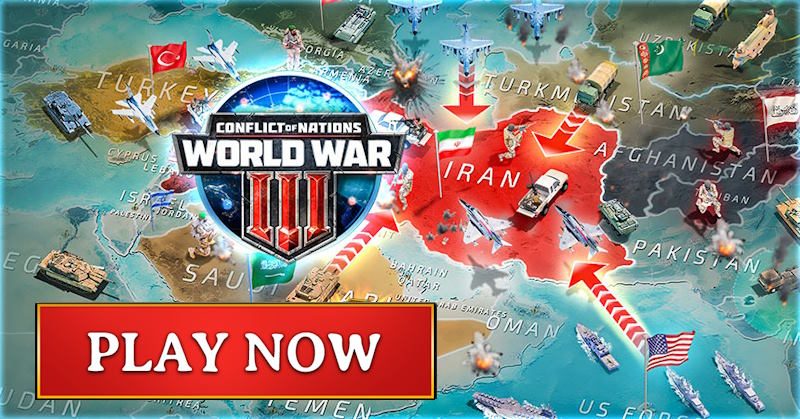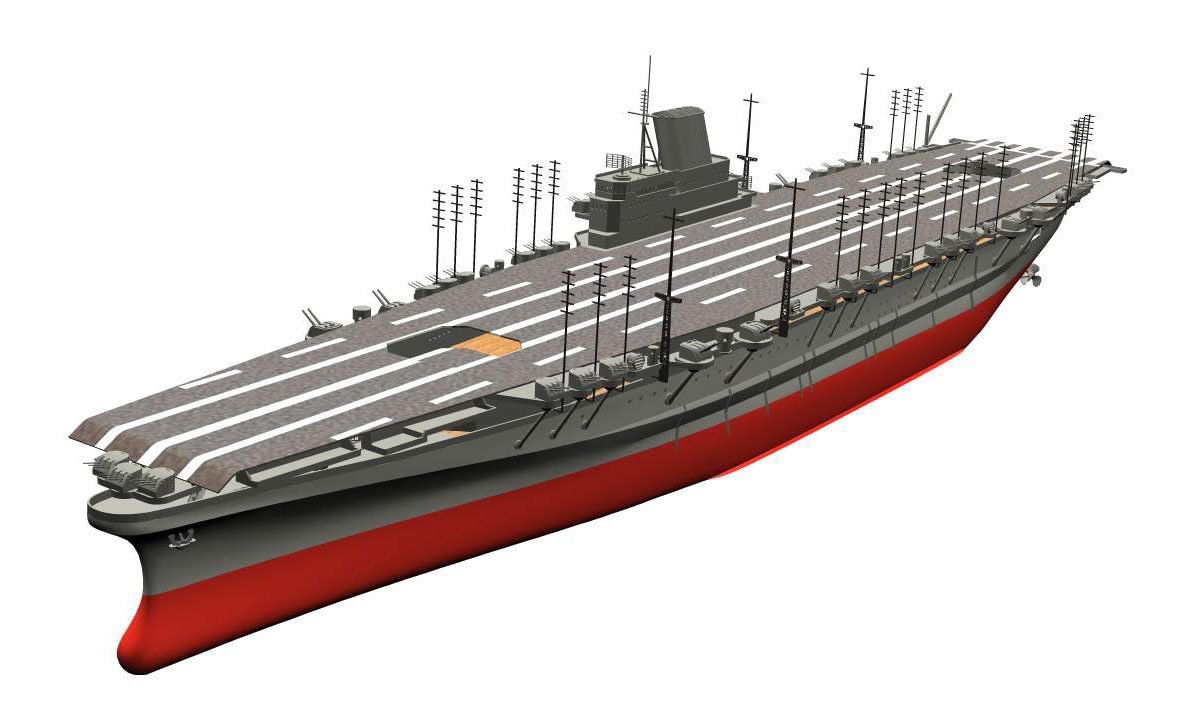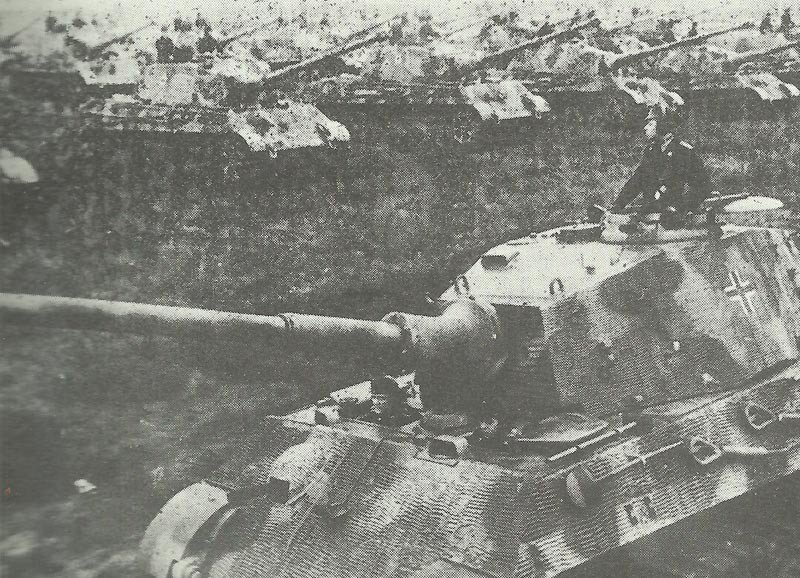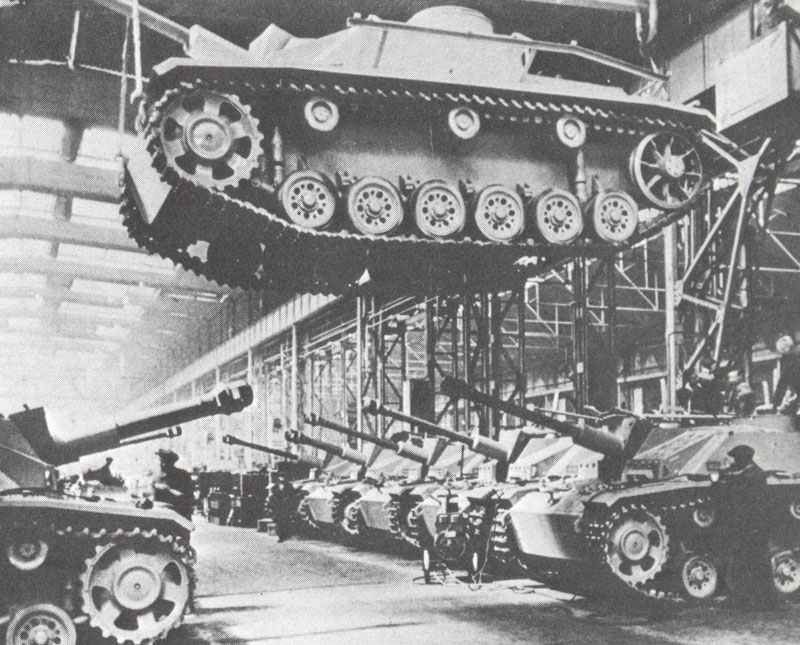Focke-Wulf Fw 190 ‘Dora’ and Ta 152 interceptor aircraft of the Luftwaffe.
History, development, service, specifications, pictures and 3D model.
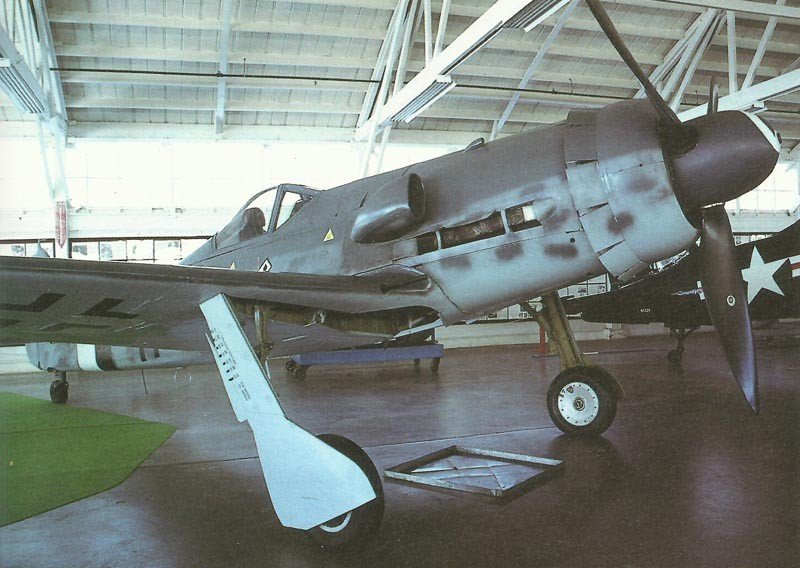
Focke-Wulf Fw 190 ‘Dora’ and Ta 152
Table of Contents
Focke-Wulf Fw 190 D.
Type: German Luftwaffe interceptor aircraft.
The Focke-Wulf Fw 190 D and the Focke-Wulf Ta 152 were advanced German fighter aircraft developed late in World War II. Both were developments of the highly successful Fw 190 series, designed by Kurt Tank.
Overview
Focke-Wulf Fw 190 D (“Dora”)
The Fw 190 D, nicknamed the “Dora” or “Dora-Nine” (for the D-9 variant), was a major evolution of the original Fw 190 design. It was intended to address the Fw 190 A’s declining performance at high altitude, particularly against new Allied aircraft like the P-51 Mustang and Spitfire Mk IX.
Key Features:
– Engine: Junkers Jumo 213A liquid-cooled V12 (unlike the radial BMW 801 in earlier Fw 190s).
– Performance: Top speed ~685 km/h (426 mph) at 6,600 m (21,650 ft); Service ceiling ~12,000 m (39,370 ft)
– Armament: 2 × 13 mm MG 131 machine guns above the engine; 2 × 20 mm MG 151/20 cannons in the wing roots
– Role: High-altitude interceptor and fighter
Operational History:
The Fw 190 D entered service in late 1944 and was used primarily by elite Luftwaffe units, such as Jagdgeschwader 26 and 54. It was especially valued for its performance against Allied bombers and fighters at higher altitudes.
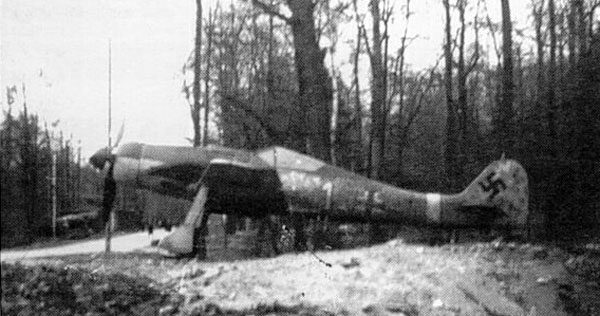
Focke-Wulf Ta 152
Overview:
The Ta 152 was a further development of the Fw 190 D, named after its chief designer, Kurt Tank (“Ta” being his initials). It was designed as a high-altitude interceptor, with longer wings and a pressurized cockpit for improved performance at altitude.
Key Variants:
– Ta 152 H: High-altitude fighter (most produced)
– Ta 152 C: Low/mid-altitude version (few built)
Key Features:
– Engine: Junkers Jumo 213E-1 (for H variant), with MW 50 boost system
– Performance (Ta 152 H-1): Top speed ~755 km/h (469 mph) at 13,500 m (44,300 ft); Service ceiling: ~15,000 m (49,200 ft)
– Armament: 1 × 30 mm MK 108 cannon firing through the propeller hub; 2 × 20 mm MG 151/20 cannons in the wing roots
– Wingspan: 14.44 m (47 ft 4.75 in) for the H model (much longer than Fw 190 D)
Operational History:
The Ta 152 entered service in early 1945 in very limited numbers. Despite its outstanding performance, its impact was minimal due to the late stage of the war and production difficulties. Only a handful saw combat, but pilots praised its capabilities, especially at high altitude.
Comparison Table
Feature |
Fw 190 D-9 |
Ta 152 H-1 |
|---|---|---|
Engine |
Jumo 213A |
Jumo 213E-1 |
Top Speed |
~685 km/h (426 mph) |
~755 km/h (469 mph) |
Service Ceiling |
~12,000 m |
~15,000 m |
Wingspan |
10.51 m |
14.44 m |
Armament |
2×13mm, 2×20mm |
1×30mm, 2×20mm |
First Flight |
1944 |
1944 |
Role |
Fighter/interceptor |
High-altitude interceptor |
Legacy
Both aircraft are considered among the best piston-engined fighters of WWII, especially the Ta 152, which rivaled or exceeded Allied contemporaries in certain respects. However, their late introduction and the deteriorating war situation limited their influence on the air war.
History
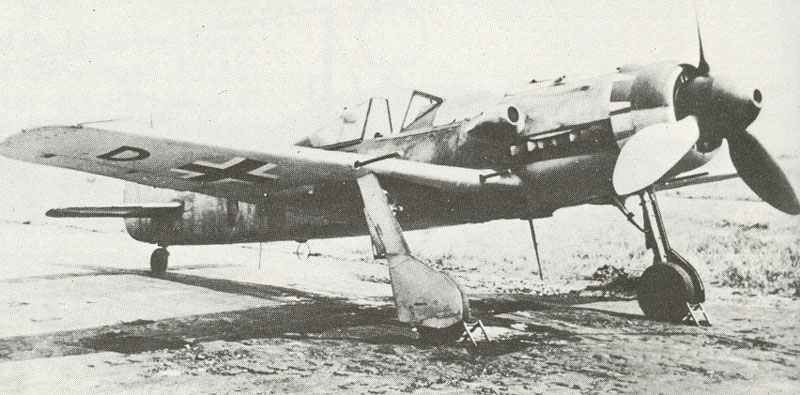
The Fw 190 A models should have been exchanged in preference to the long-nosed Fw 190 D or ‘Dora’. The D models, which in turn several 650-700 aircraft had been produced, started out from prototypes with the 1,776hp Jumo 213A-1 power plant, equipped by having an annular cooling air duct that serviced the ‘radial’ visual aspect.
Initial Fw 190 D-0s and D-1s had been distinguished, besides their extended cowlings, by extended rear fuselages as well as (on the D-1) enhanced fin area.
The main manufacturing model (designated to go along with the Fw190 A-8) was the Fw 190 D-9 interceptor, which went into action with III./JG54 in 1944 and was equipped with a pair of MG 151/20 wing guns and 2 x MG 131s above the power plant.
This interceptor entered manufacturing during the fall of 1944, following a long development. It was once again the fastest piston-engined fighter of WW2.
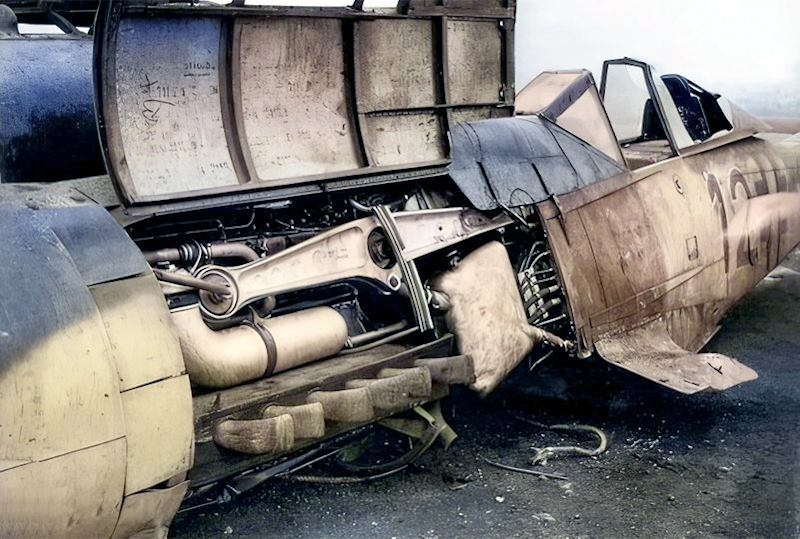
Respected by many people as the Luftwaffe‘s greatest piston-engined interceptor of WW2, the D-9 would have been to accompanied by the D-11, 12, 13, 14 and 15; but no significant manufacturing of these versions had been carried out.
Later D-models were redesignated Ta 152 in merit of the manager of Focke-Wulf’s develop staff, Dipl Ing Kurt Tank.
The first Ta 152 C models had been remarkably impressive, however the long-span Ta 152 H given up weapons for speed and flying height. Kurt Tank himself without difficulty outpaced a flight of P-51D Mustangs which surprised him on a trial trip; however only 10 of the H sub-type had flown before WW2 was over.
Users: Germany (Luftwaffe).
Animated 3D model Focke-Wulf D-9
Specifications Focke-Wulf Fw 190 D-9
Specifications:
D-9 | Specification |
|---|---|
Type | Interceptor |
Power plant | one 1,776 hp (2,240 hp boosted) Jumo 213A-1 12-cylinder inverted-vee liquid-cooled engine |
Accommodation | 1 |
Wing span | 34 ft 5.6 in (10.51 m) |
Length overall | 33 ft 5.3 in (10.19 m) |
Height overall | 11 ft 0.3 in (3.96 m) |
Wing area | 196.98 sq/ft (18.30 m²) |
Weight empty equipped | 7,694 lb (3,490 kg) |
Weight loaded | 10,670 lb (4,840 kg) |
Max. wing loading | 54.17 lb/sq ft (264.48 kg/m²) |
Max. power loading | 6.01 lb/hp (2.72 kg/PS) |
Maximum speed | 426 mph at 21,655 ft (686 km/h in 6.600 m) |
Initial climb | 3,117 ft/min (950 m/min.) |
Service ceiling | 37,075 ft (11,300 m) |
Range | 520 miles (837 km) |
Armament:
D-9 | Specification |
|---|---|
above engine | 2 x 13mm MG131 (930 rpm, velocity 2,461 ft/sec) |
in wing roots | 2 x 20mm MG151/20 (720 rpm, velocity 1,920 ft/sec) |
through propeller hub | 1 x 30mm MK108 (650 rpm, velocity 1,705 ft/sec) |
External load | one 1,100 lb (500 kg) bomb on centreline |
Service statistics:
Fw 190 | figures |
|---|---|
First flight D | late 1942 |
Production delivery (D-9) | autumn 1944 |
Final delivery | 1945 |
Total production figure (all) | Total: 20,001 (of these 650-700 D-models and 67 Ta 152) |
Accepted (all) by Luftwaffe 1/39-12/44 | 16,724 |
Production 1944 (all fighter variants) | 7,488 |
Production 1945 (all fighter variants) | 1,630 |
all in First Line Units 10.1.45 | 1,561 |
References and literature
Combat Aircraft of World War II (Bill Gunston)
Technik und Einsatz der Kampfflugzeuge vom 1. Weltkrieg bis heute (Ian Parsons)
Das große Buch der Luftkämpfe (Ian Parsons)
Luftkrieg (Piekalkiewicz)
Flugzeuge des 2. Weltkrieges (Andrew Kershaw)
The Encyclopedia of Weapons of World War II (Chris Bishop)
German Aircraft of World War 2 in Colour (Kenneth Munson)
Warplanes of the Luftwaffe (David Donald)
The Luftwaffe Album, Bomber and Fighter Aircraft of the German Air Force 1933-1945 (Joachim Dressel, Manfred Griehl)
Luftwaffe Handbook (Dr Alfred Price)
Kampfflugzeuge (Bill Gunston)




